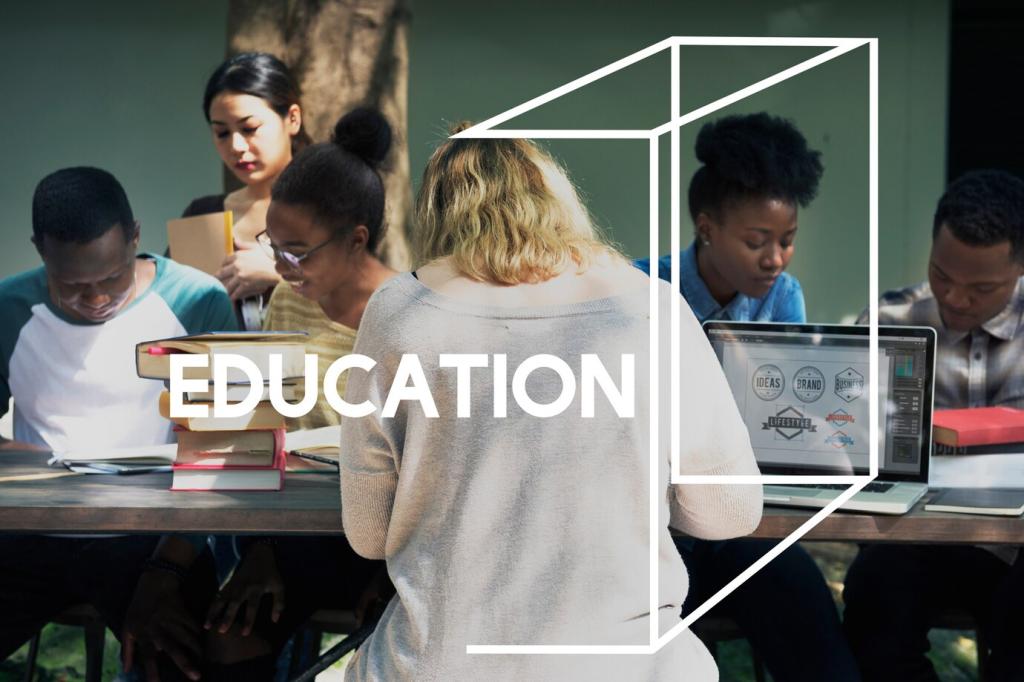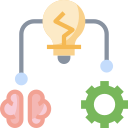Curriculum Design for Language Programs: From Vision to Classroom Impact
Chosen theme: Curriculum Design for Language Programs. Build a purposeful path from clear outcomes to everyday tasks, assessments, and materials so learners grow confidently from first greetings to nuanced, real-world communication. Join the conversation and share your insights.
Define Purpose and Outcomes
Translate broad ambitions into concrete Can-Do statements aligned with CEFR or ACTFL levels. Specify what learners will perform in real contexts—ordering food, negotiating timelines, or presenting proposals—so expectations are transparent and motivating.


Define Purpose and Outcomes
Interview learners, review placement data, and consult alumni and employers to surface authentic communicative demands. One hospitality program prioritized service dialogues after hotel partners asked for confident, courteous language. Tell us which needs shape your outcomes.
Sequence Learning for Steady Progress
Revisit grammar, vocabulary, and pragmatic moves across increasing complexity. Start with introductions, then networking, then persuasive pitches. Publish a visual roadmap so learners anticipate milestones and celebrate progress. Want help drafting one? Subscribe and ask.

Assessment That Fuels Growth

Constructive Alignment in Practice
Ensure assessments mirror outcomes. If outcomes promise workplace negotiation, scoring should reward turn-taking, hedging, and compromise. Calibrate rubrics collaboratively to strengthen reliability, and invite students to preview rubrics before performing.

Formative Feedback Loops
Use exit tickets, brief conferences, and peer shadowing protocols to catch misunderstandings early. Ken discovered learners misunderstood politeness downgrading and added a micro-lesson that transformed their email tone within a week.

Summative Evidence With Heart
Favor performance-based exams, curated portfolios, and interview tasks over one-shot grammar drills. A bilingual community story project measured narrative control and cultural insight while boosting confidence. How do you humanize final assessments?


Materials, Media, and Meaning
Bring menus, chats, podcasts, and short videos into class. Pre-teach key chunks, annotate transcripts, and model responses before gradually removing support. Share a favorite authentic resource and how you scaffolded it successfully.
Materials, Media, and Meaning
Use LMS checklists for transparency, corpora for collocation discovery, and speech tools for fluency feedback. Treat AI as a coach, not a ghostwriter. Prioritize privacy, accessibility, and clear learning intentions over novelty.

Teaching Practices That Bring Plans Alive
Open with a purposeful warmer, deliver rich input, guide practice with models, and culminate in communicative tasks. Close with reflection and next steps. Protect margin time for questions. Want templates? Comment and we’ll share.
Evidence, Not Assumptions
Combine proficiency gains, retention, course success, and student voice into a dashboard. One department found speaking lagged after Level 2 and rebalanced tasks, boosting confidence within a single semester.
Learning From the Community
Create an advisory circle with employers, universities, and cultural organizations. An internship revealed a gap in phone etiquette, inspiring a new micro-unit that immediately improved workplace readiness.
